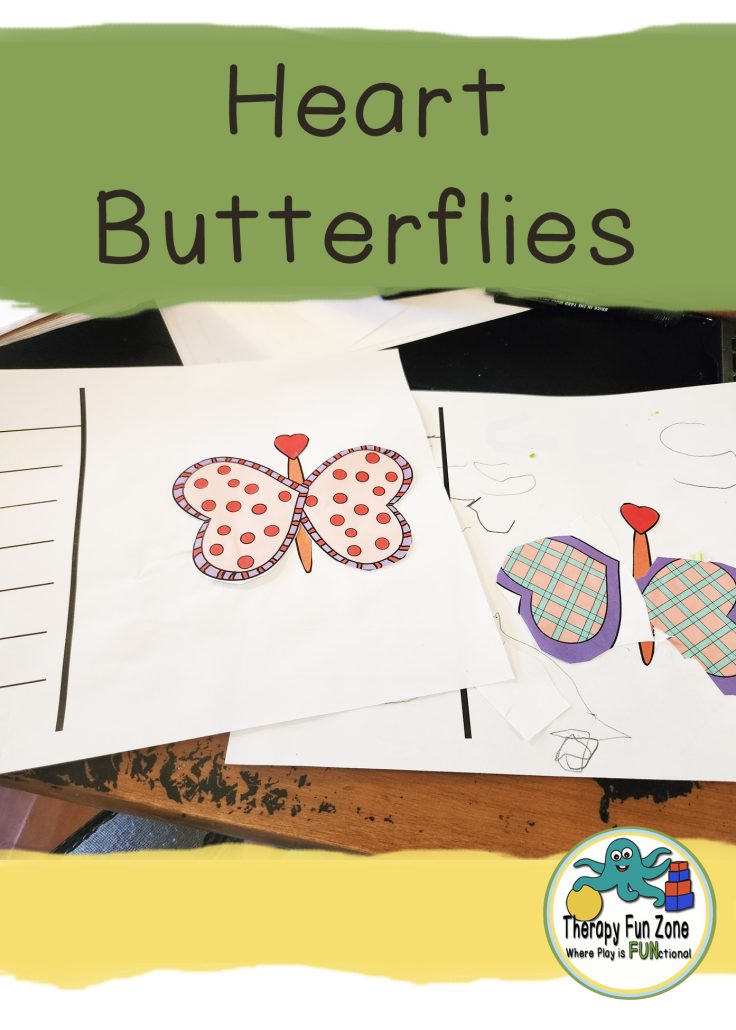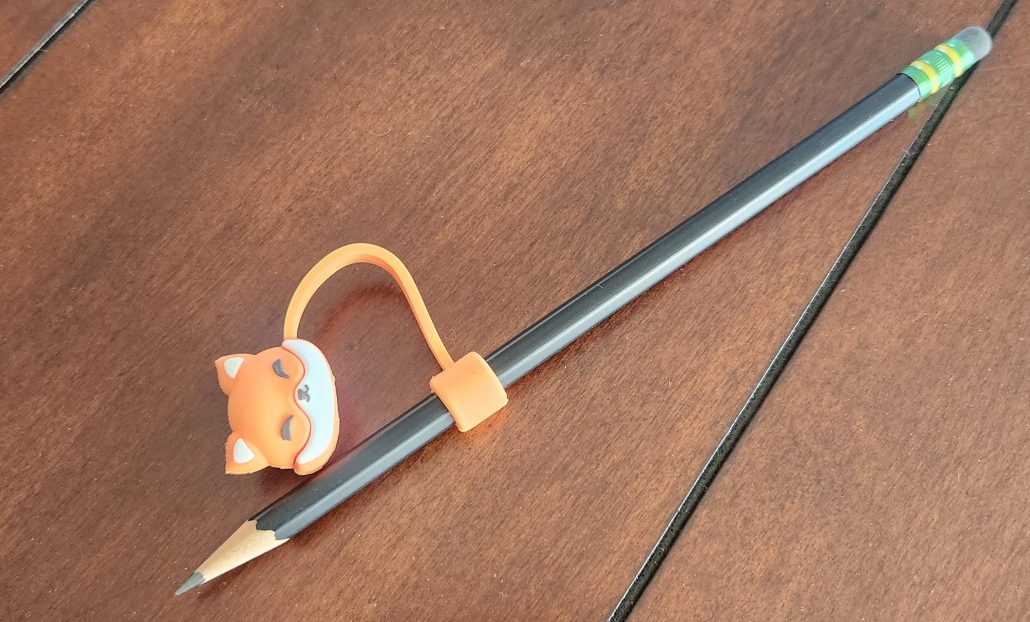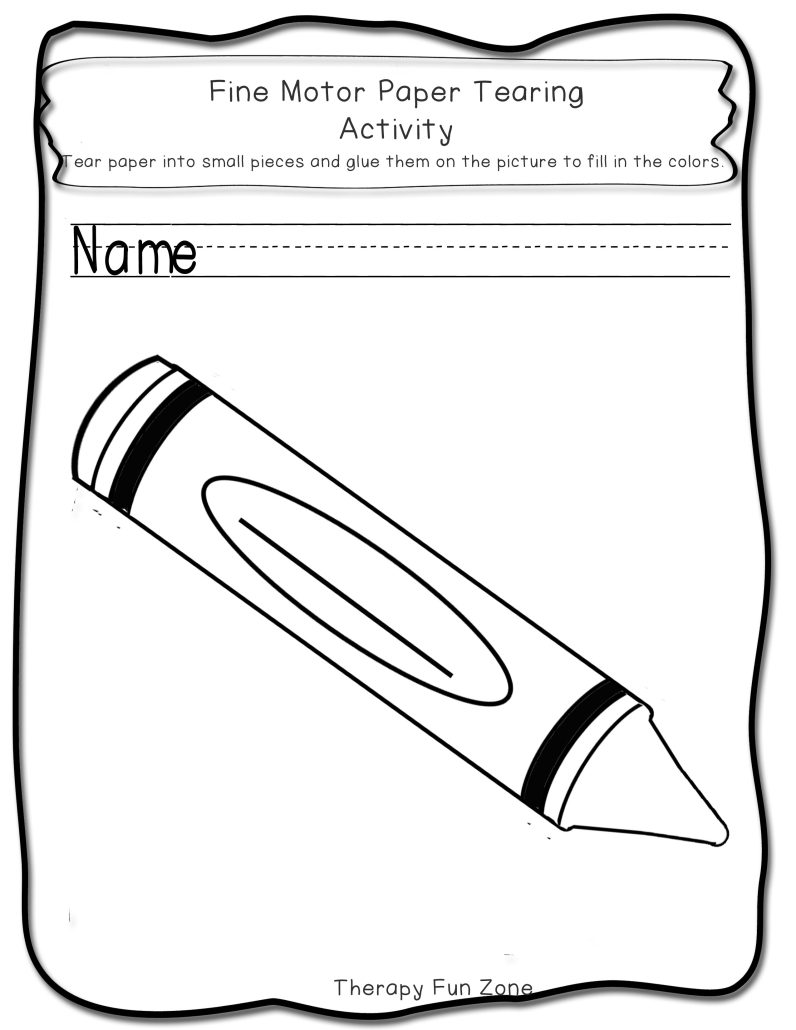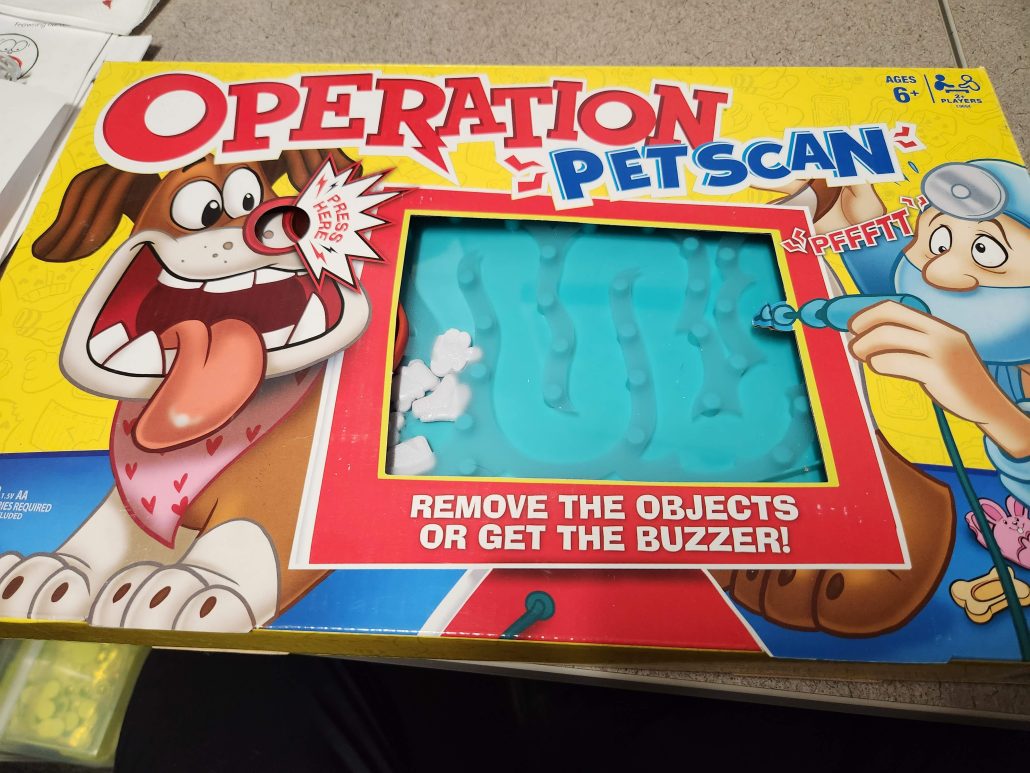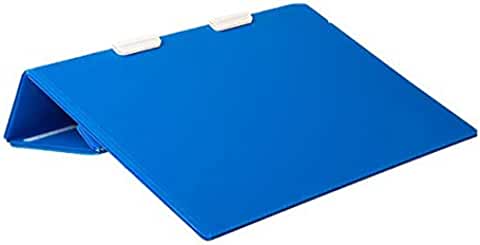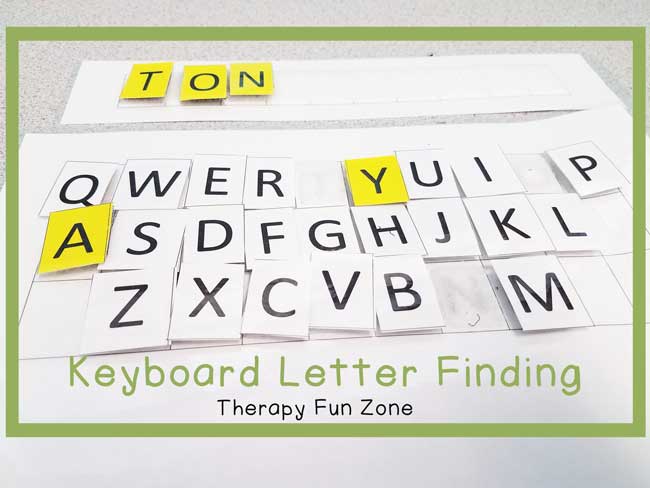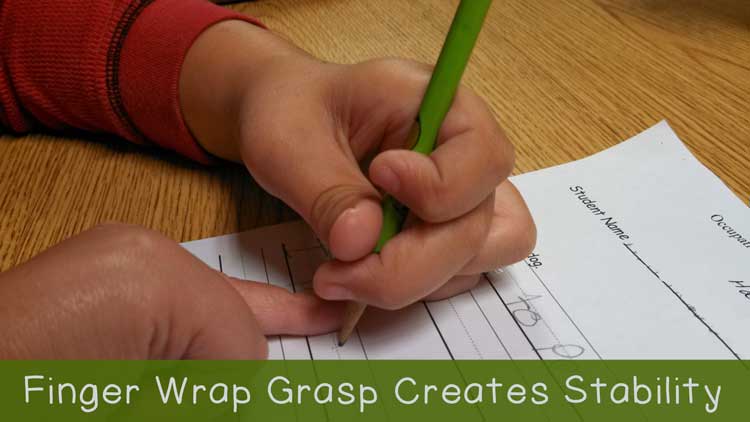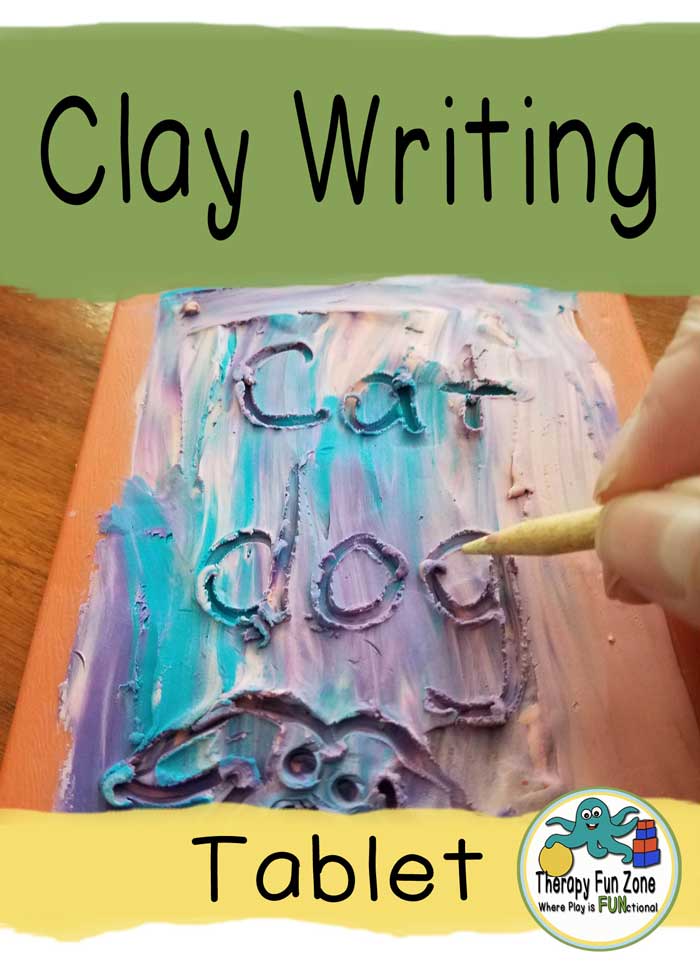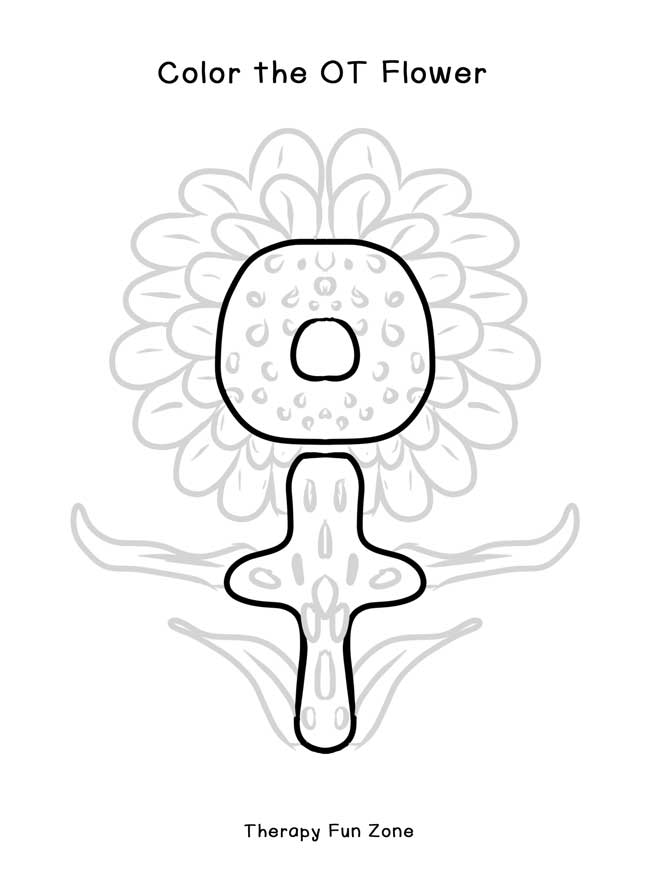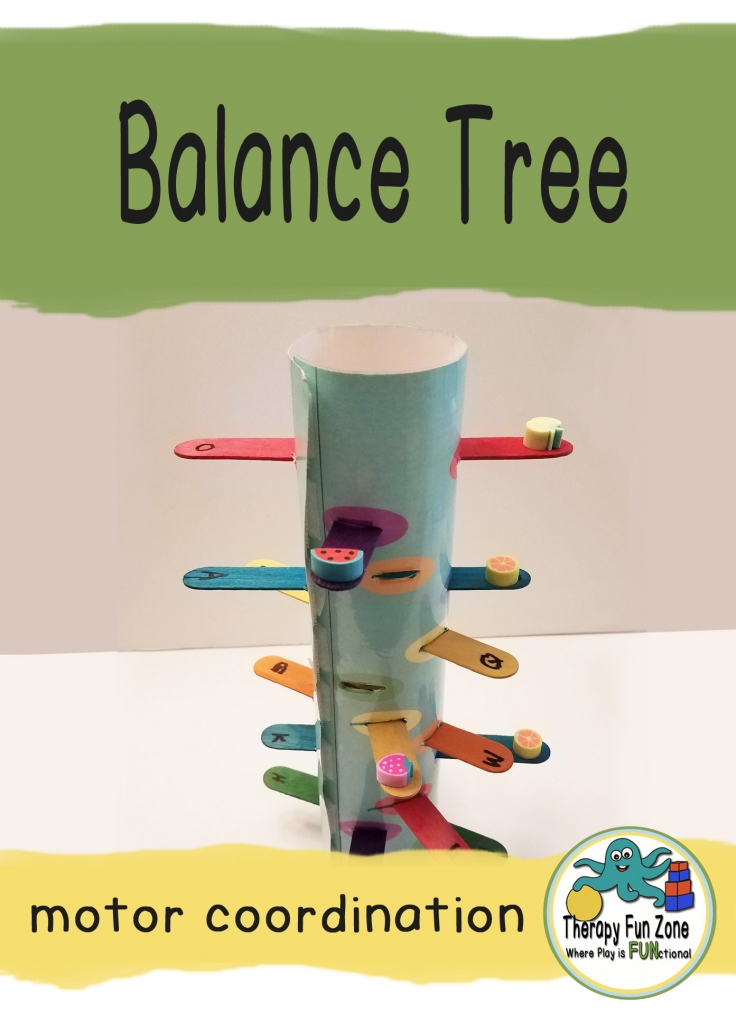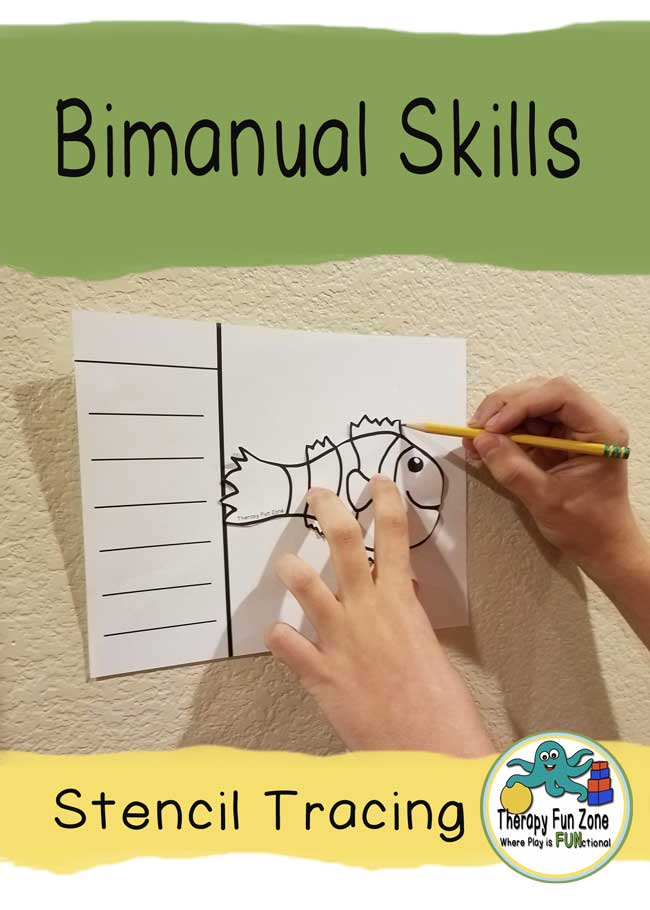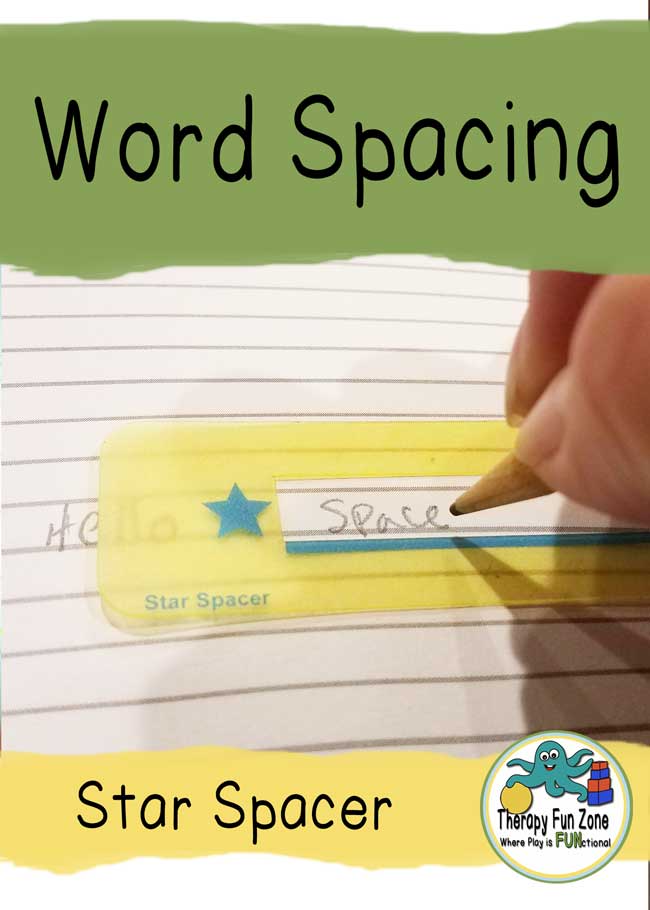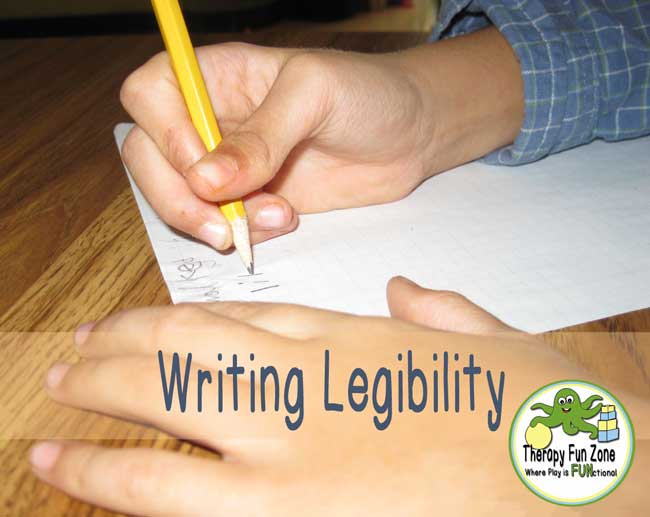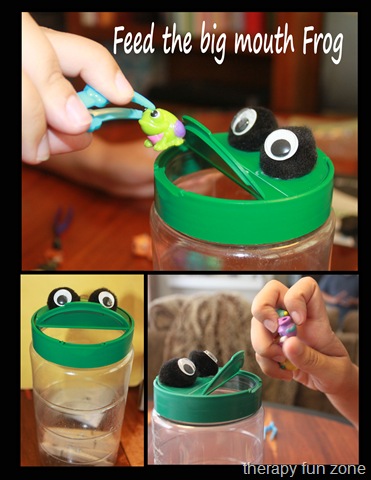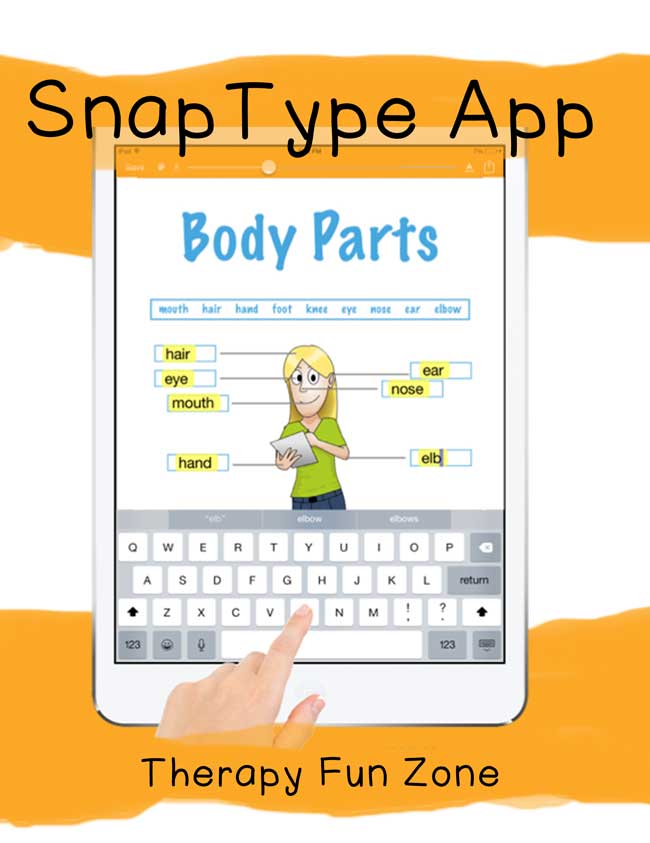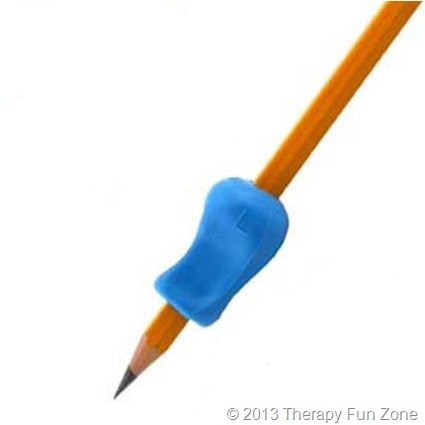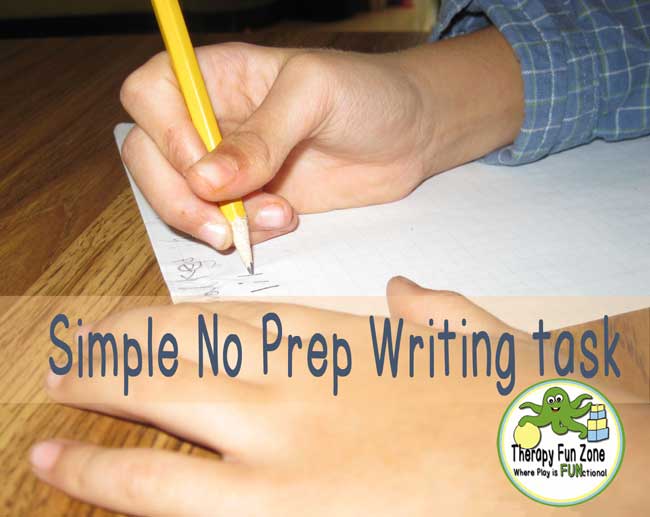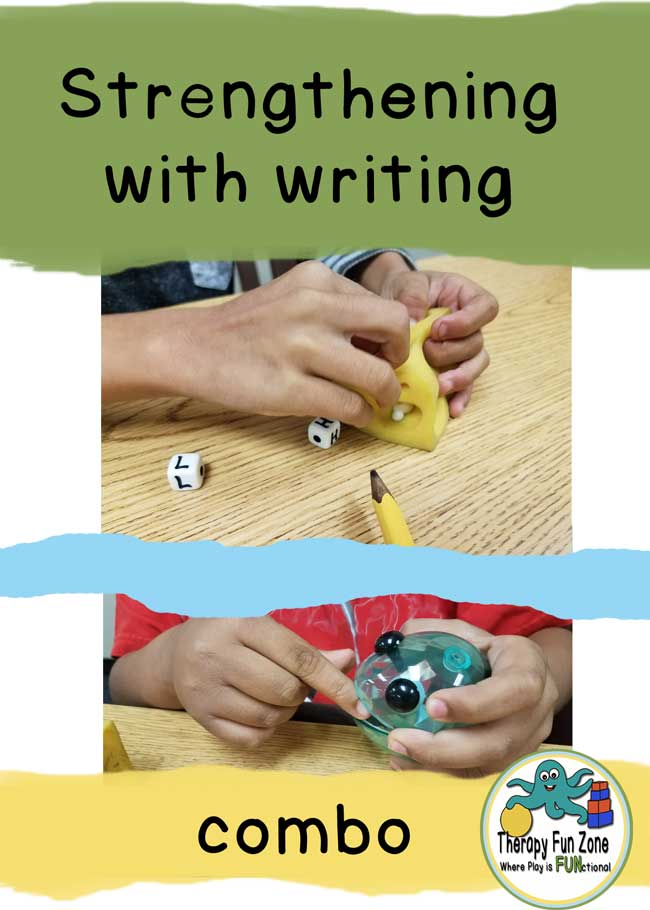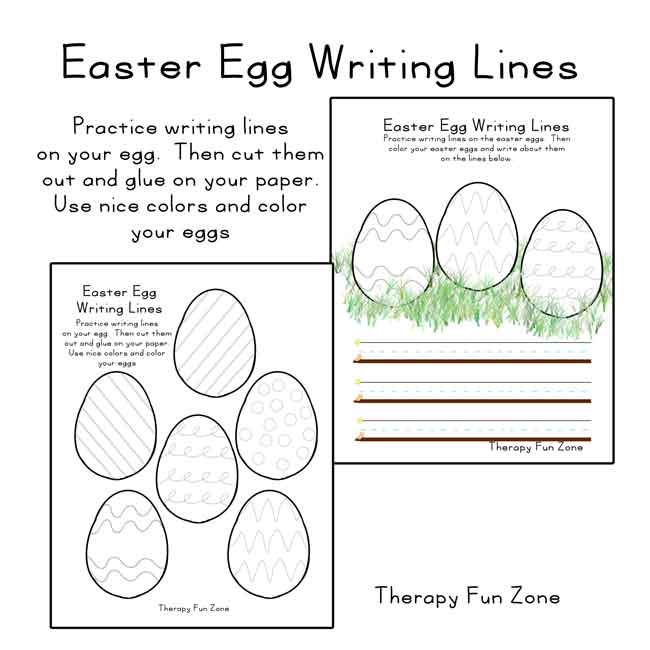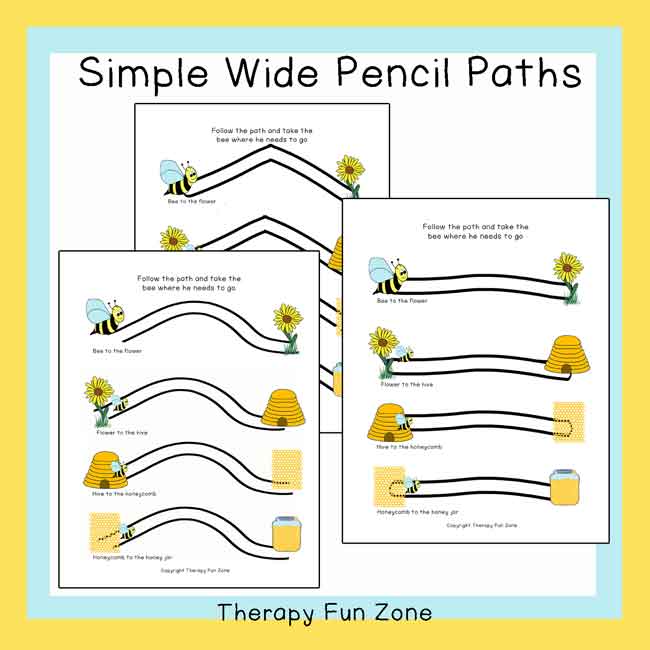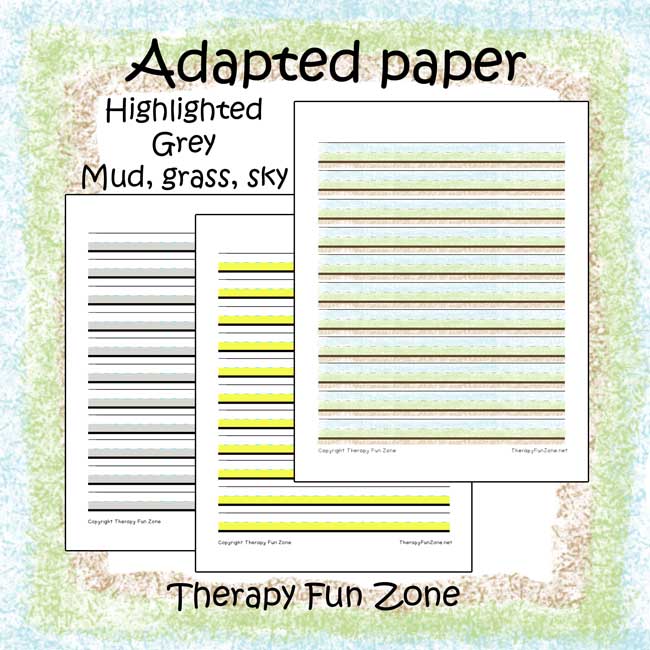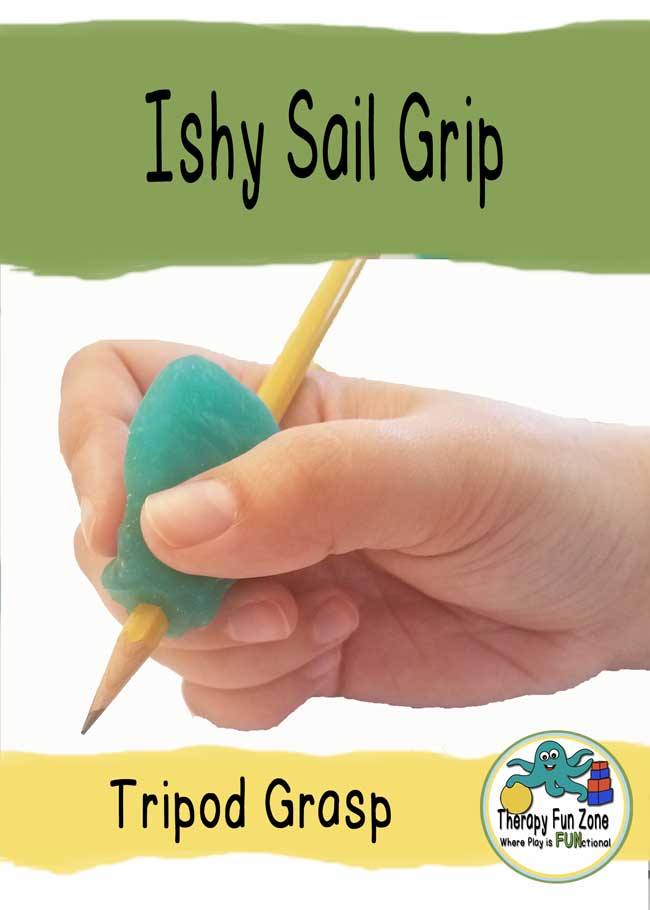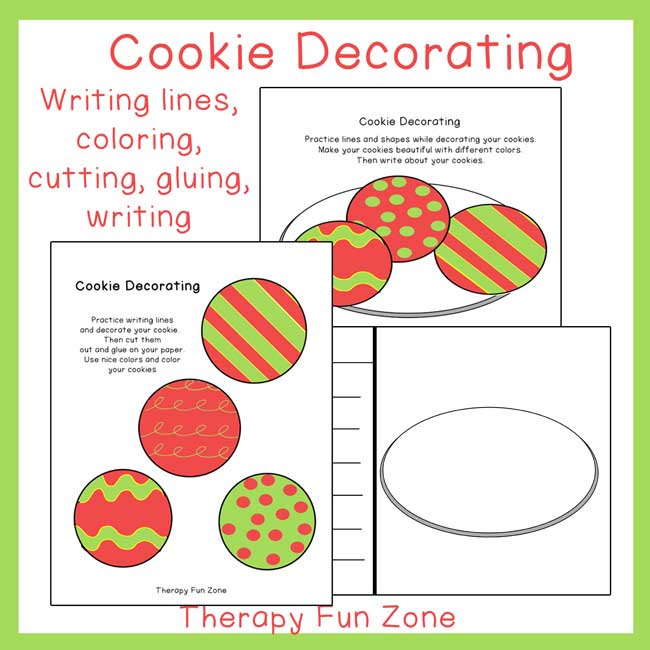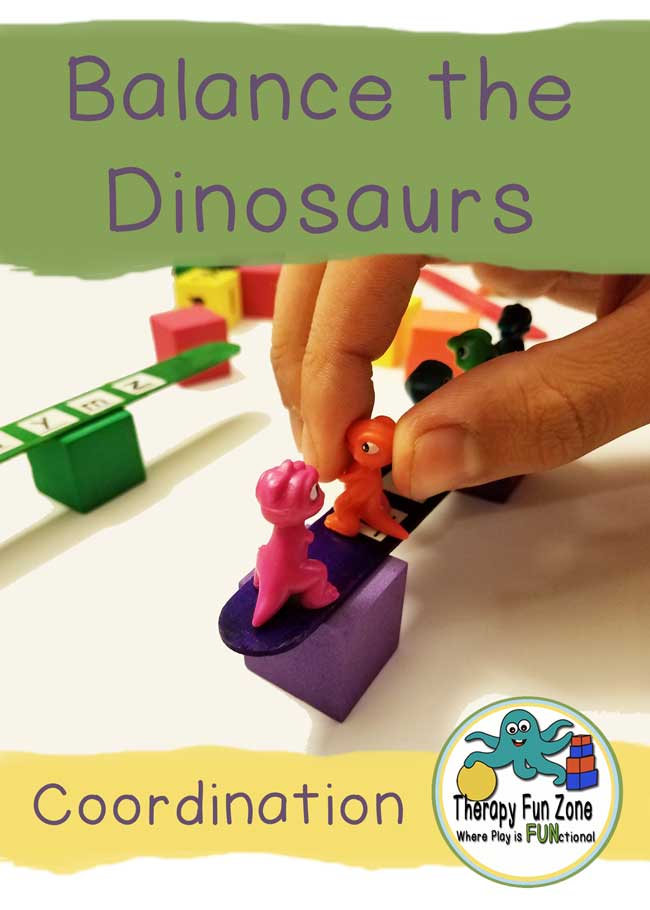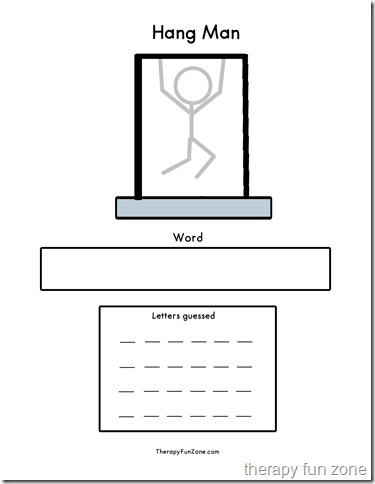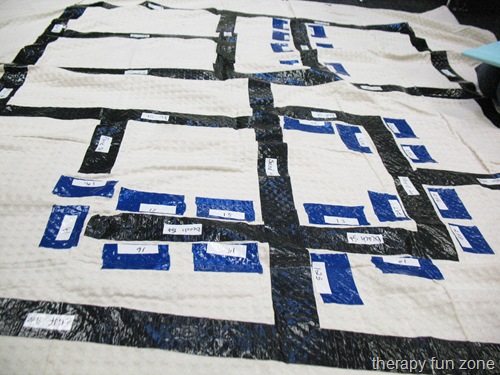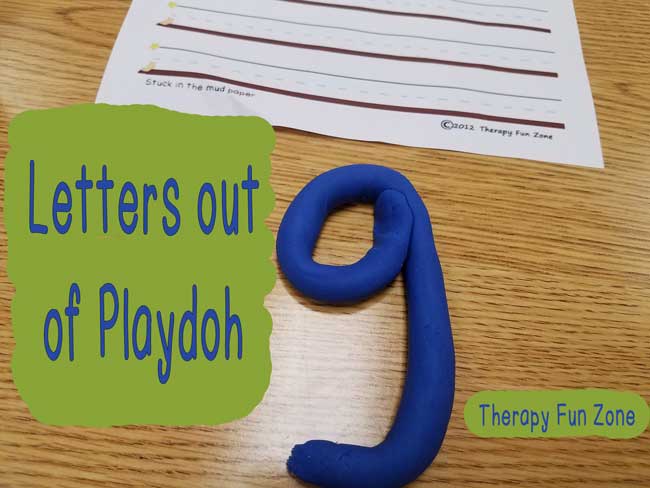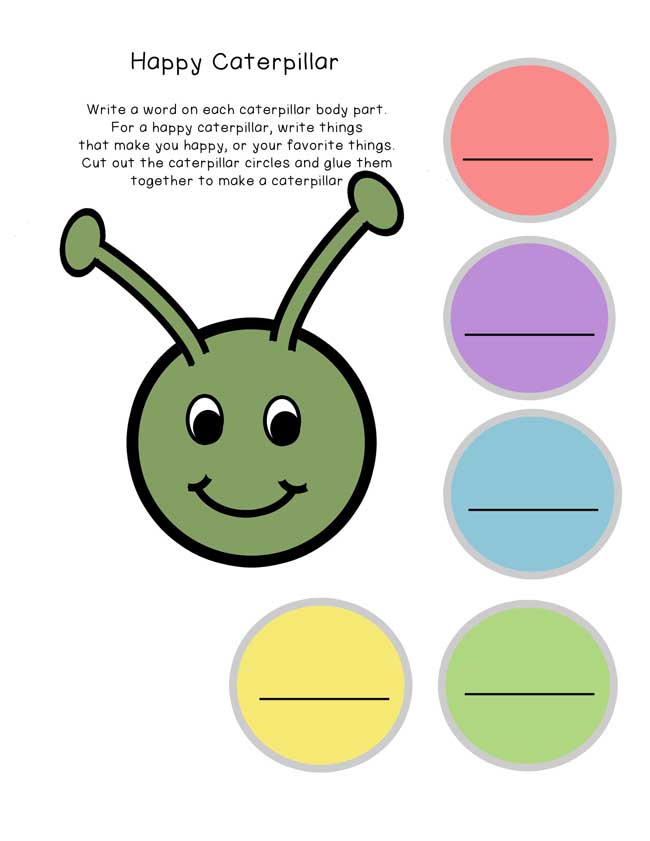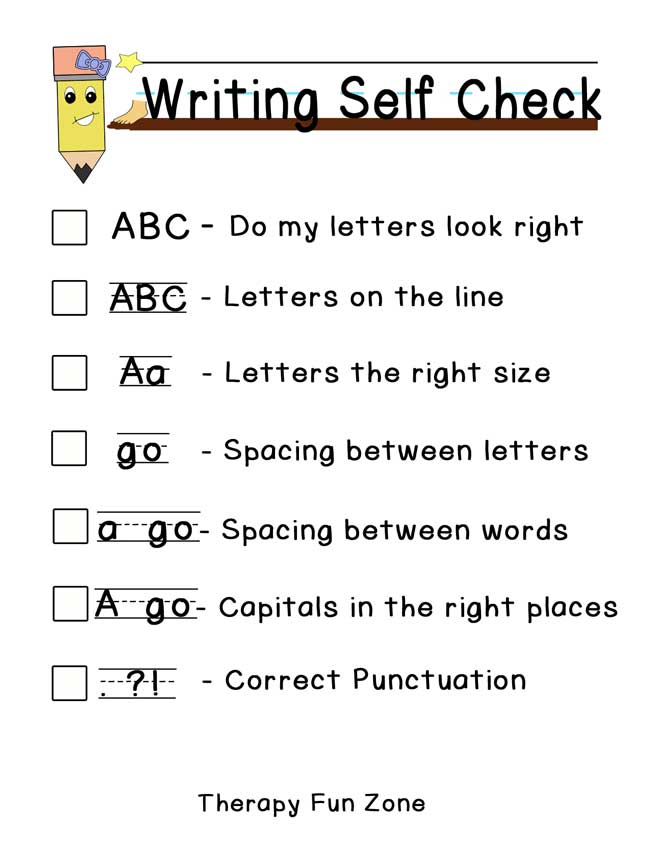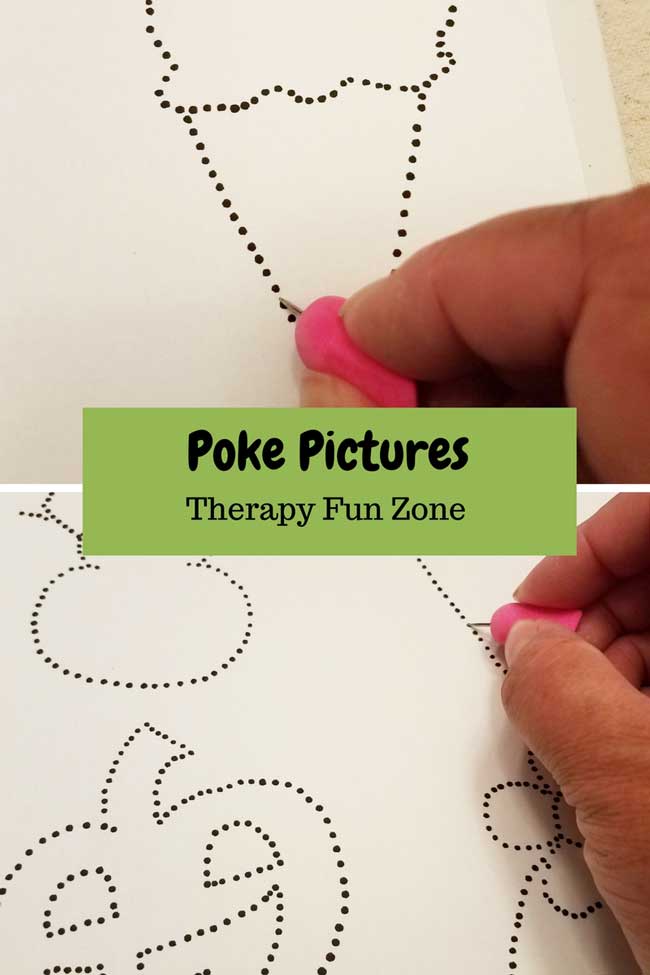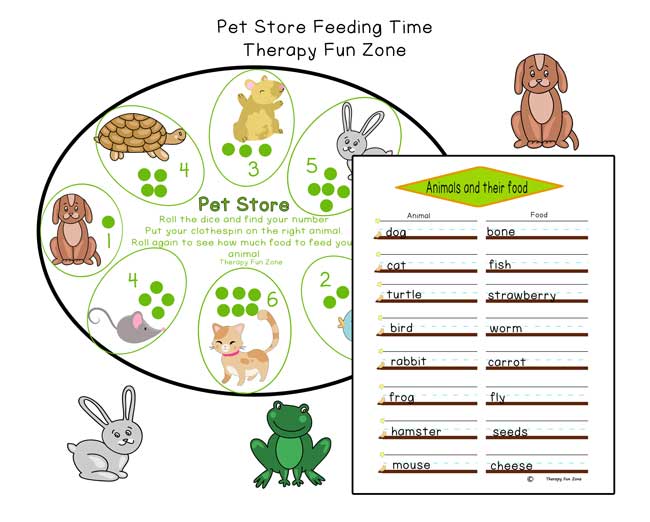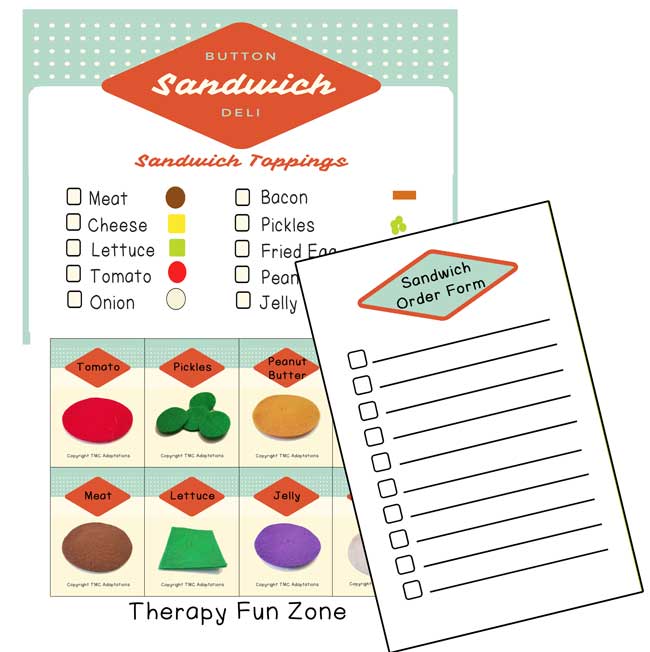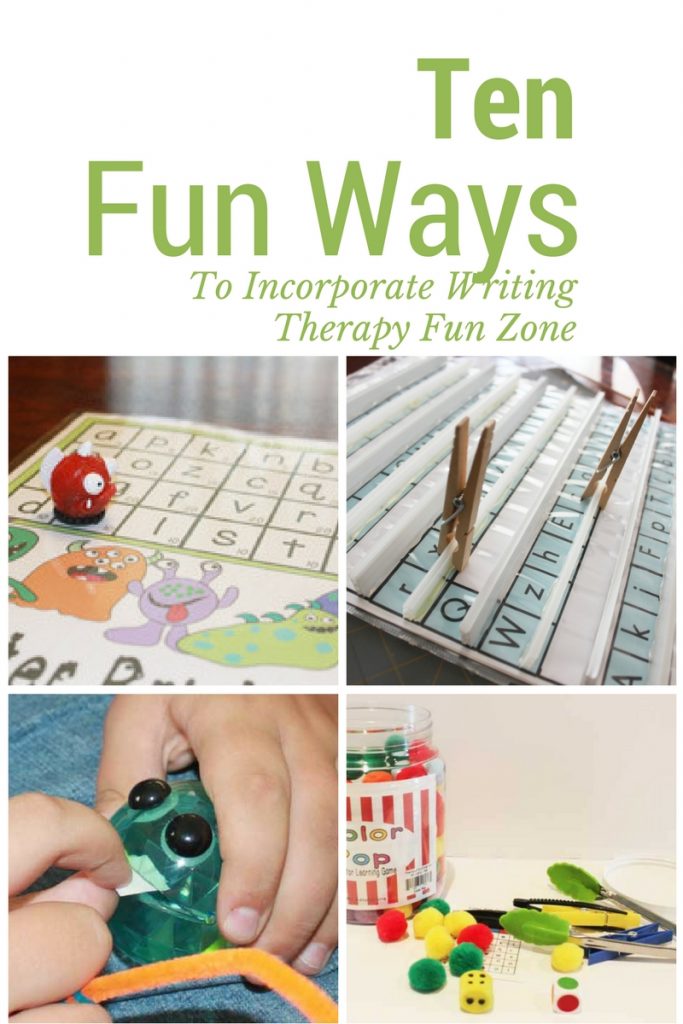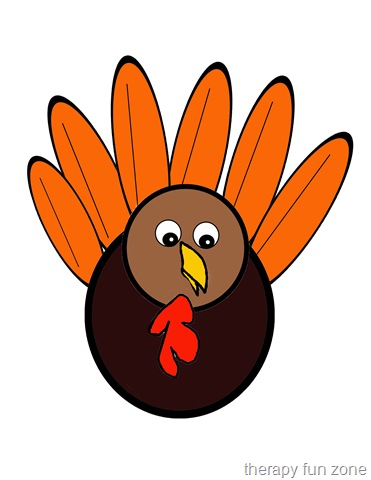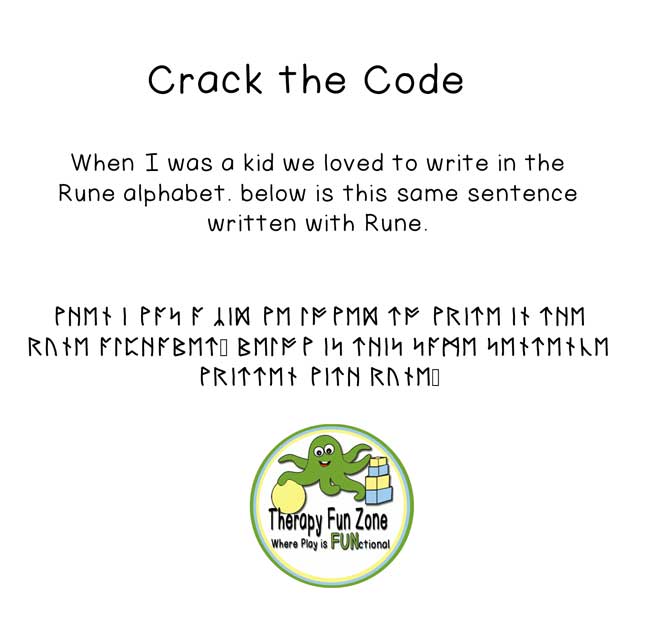Handwriting has many components to it, including fine motor skills, and visual perceptual skills. In therapy, we work on the underlying causes of the problem in a task, so we wouldn’t necessarily be working on handwriting, we would be working on the problem that is causing the poor handwriting. Here are a list of handwriting grips and what they look like. The grips are, Static Tripod, dynamic tripod, adapted tripod, quadrupod, gross grasp, digital pronated, 5 finger, thumb tuck, thumb wrap, tripod with closed web space.
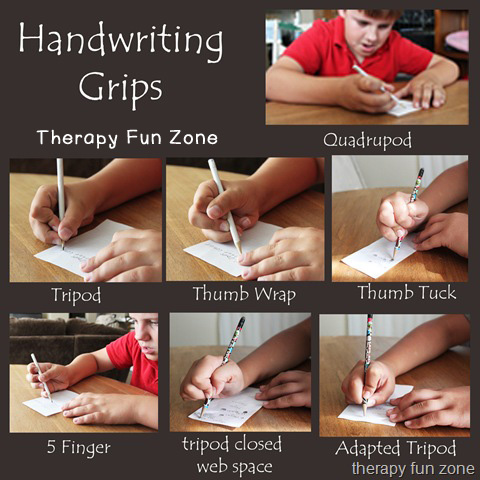
Looking at the different motor needs for writing and the movements that you use, you have:
- Bilateral hand skills
- The ability to use both hands together doing different tasks.
- Shoulder and Postural (body) stability
- Stabilization of the body in a functional position. Being able to maintain a good sitting position and hold the shoulder in a good stable position.
- Wrist stability and extension
- It is easiest to use your finger movements when your wrist is slightly extended, and when your hand is stabilized and resting on the table.
- Development of the palmar arches
- The arches of the hand are where your hand bends and wrinkles. These arches give the hand its mobility and ability to function on different planes.
- Thumb opposition
- This is the ability of your thumb to touch the opposite side of your hand, your pinky and the other fingers of your hand. You have a pad of muscles at the base of your thumb that move your thumb in multiple directions in order to get a lot of movement and coordinated movements.
- Separation of two sides of the hand
- This is the ability to move the pinky side of your hand separately from the thumb side of your hand. In writing, you are able to use the most refined movements of your thumb and radial fingers while the pinky side of your hand is not moving and is stabilized.
- In-hand manipulation
- This is the ability to move items around in the hand using precise finger movements. The types of in-hand manipulation include translation, rotation, and shift.
- Hand Strength
- This is how strong those muscles of the hand are, and how well they can maintain their holding position and movements. If there is weakness, it becomes hard to achieve and hold the movements that are used for writing.

